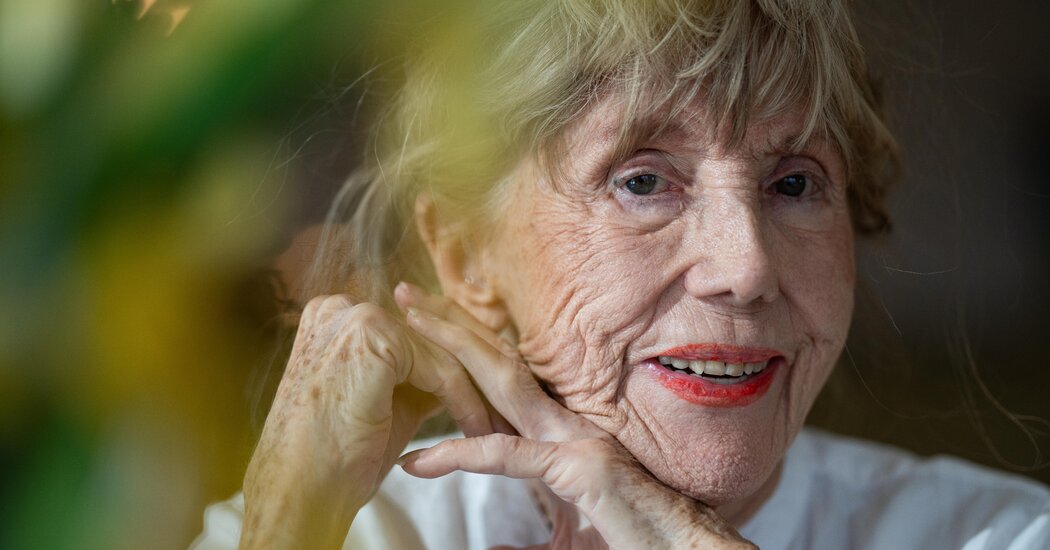In 1958, when Mary Pat Laffey Inman became a stewardess — as they were then called — for Northwest Airlines, she was 20 years old and the clock was already ticking. At 32, she would be forced to retire. That is, if she didn’t marry, get pregnant or even gain too much weight before that: All were grounds for termination. It was the golden age of aviation for everyone except, perhaps, the women serving in-flight meals to the nattily dressed passengers.
Six years later, President Lyndon Johnson signed the Civil Rights Act, outlawing discrimination based on race, color, religion, sex or national origin, and female flight attendants began to join forces against sexism.
In 1970, Ms. Laffey Inman, a union leader and Northwest’s first female purser — the lead attendant on a flight — spearheaded a class-action suit, Laffey v. Northwest Airlines Inc., that resulted in the airline paying more than $30 million in damages and back wages in 1985. It also set the precedent for nondiscriminatory hiring of flight attendants across the industry. But even then, not everything changed: Flight attendants on some airlines were still subjected to “weigh-ins” into the 1990s. (Northwest merged with Delta Air Lines in 2008.)
Now, decades after the landmark decision, Ms. Laffey Inman, 86, is one of several former flight attendants featured in “Fly With Me,” an “American Experience” documentary that chronicles how women fought to overcome discrimination in the airline industry. It premieres on PBS on Feb. 20. The New York Times spoke to Ms. Laffey Inman about how she made history. This interview has been edited for length and clarity.
What inspired your career in the airline industry?
I was working at Montefiore Hospital, in Pittsburgh. I always wanted to travel, ever since I was a kid. As a flight attendant, I could travel — all expenses paid. I thought it was wonderful. Other stewardesses and I laugh about how lucky we were to be in the industry at that time. We would bid for three-day layovers in Paris, London, Amsterdam, Tokyo. A limo would be there to pick you up and take you to the hotel.
What was involved in training at the time?
Flight attendants had a six-week session where we learned about the airline and had emergency and safety training. We learned the commands to use in case of emergency. And we had grooming classes — women came and taught us how to put on our makeup and polish our fingernails.
Aside from keeping up appearances, how was sexism…
Click Here to Read the Full Original Article at NYT > Travel…
